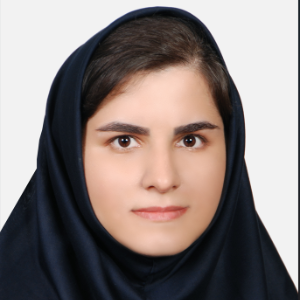Title : Biosorption: A sustainable and practical effective technique for heavy metal reduction
Abstract:
Heavy metal pollution from industrial actions, mining, and agriculture poses a severe challenge to environmental health and safety. Toxic elements such as lead, cadmium, nickel, chromium, and mercury accumulate in ecosystems, posing long-term risks to biodiversity and human health due to their persistence and toxicity. Traditional methods for addressing this issue, such as chemical precipitation and ion exchange, are expensive, energy-intensive, and can produce harmful by-products. This important issue highlights the necessity for cost-effective, innovative, and environmentally friendly solutions. Biosorption has become a recognized and sustainable method for reducing heavy metal contamination in various environments, including soil, water, and industrial waste. This technique utilizes natural materials such as agricultural and horticultural by-products, microbial biomass, algae, and industrial residues, providing an efficient and low-cost alternative for the removal of toxic metals. These biosorbents are biodegradable, widely available, and adaptable to different environmental conditions. The effectiveness of biosorption depends on several factors, including pH levels, temperature, metal concentrations, and the contact time between the metal and the biosorbent. Research has shown that materials like agricultural and horticultural by-products, fruit peels, and algae possess strong metal-binding properties, primarily due to their high surface area and the presence of chemical groups that enhance metal adsorption.
This research explores the practical applications of biosorption for heavy metal removal across various settings. It highlights the preparation and optimization of biosorbents, analyzes their effectiveness under different conditions, and compares their performance to conventional remediation techniques. While biosorption shows tremendous potential, challenges such as variability in performance across environmental conditions, competition between metals for adsorption sites, and the need for biosorbent regeneration remain areas for further study. Biosorption provides a sustainable and scalable approach to tackling heavy metal pollution on a global scale. Advances in biosorbent technology, combined with enhanced process optimization, could further improve the efficacy of this technique. Integrating biosorption into comprehensive environmental management practices can help mitigate heavy metal contamination, protect ecosystems, and foster healthier, cleaner environments for future generations.
Keywords
Heavy metal pollution, Biosorption, Sustainable remediation, Biosorbents, Environmental health, Agricultural by-products, Heavy metal biosorption, Soil & water contamination, Sustainable solutions.



